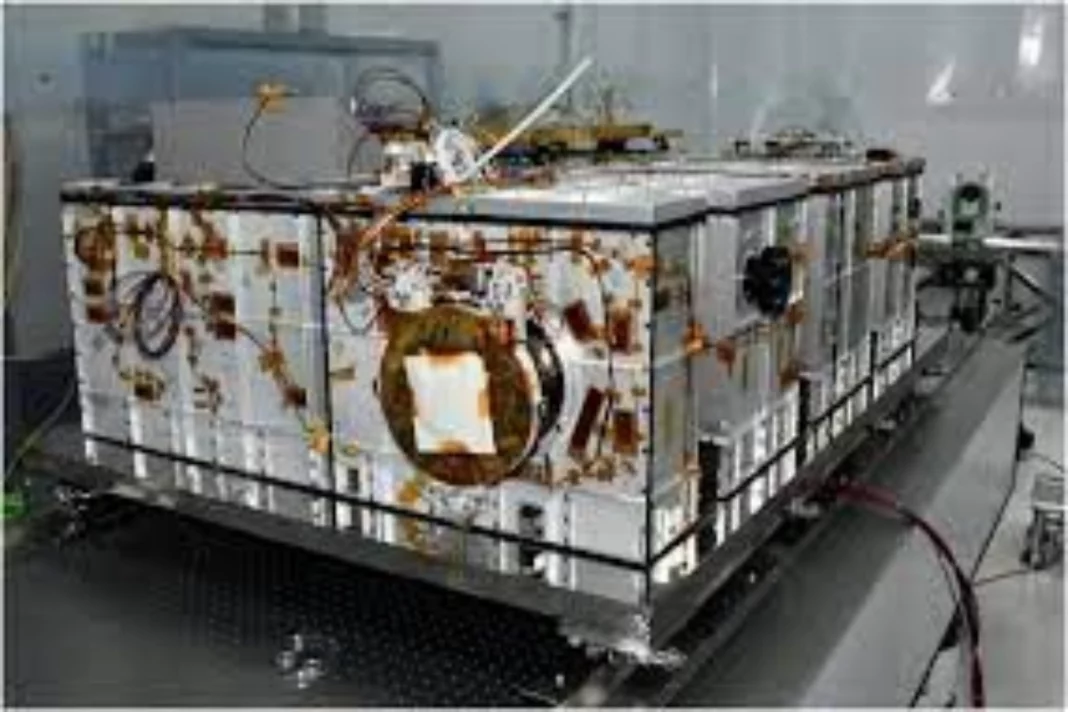Aditya-L1, India’s first solar mission, is slated to be launched by the Bengaluru-based Indian Institute of Astrophysics by June or July of this year. It will observe the sun from a distance of 1.5 million kilometres from the earth. The Institute has provided the primary payload to the Indian Space Research Organisation (ISRO) for integration with the satellite’s other payloads. Multiple mission delays were brought on by the pandemic. The nation’s trusty rocket, the Polar Satellite Launch Vehicle, will launch the satellite on Thursday, according to ISRO Chairperson S. Somanath, who also displayed a 3D model of the payload.
India needs 50 year road map of scientific expectations and missions
Somanath asserted that the complexity of the chronograph and what it was intended to do required 15 years to develop, and he added that a 50-year schedule of scientific expeditions and missions was required. He believed that scientists should come up with novel ideas that no other country has tried, even if they seem impracticable.
Also Read: After Jamia Milia Islamia and JNU, DU students to hold screening of BBC documentary on PM Modi
Visible Emission Line Coronograph (VELC) designed to study several aspects of sun
The Visible Emission Line Coronograph (VELC) is the most important payload out of the other seven ones developed to study different aspects of the sun, including solar wind acceleration, the atmosphere, and the origin of coronal mass ejection. The satellite will migrate to the L1 (Lagrange) point between the sun and the earth in order to get a continuous and uninterrupted view of the sun. The five Lagrange points that can be found between any two celestial objects are like parking spaces in space. A celestial body’s own gravitational pull is equivalent to the force required to keep it in orbit. A satellite can therefore remain in any two Lagrange points between celestial bodies without consuming any fuel.
Also Read: Indus Waters Treaty: India issues notice to Pakistan for its modification
For all the news updates subscribe to our YouTube channel ‘DNP India’. You can also follow us on FACEBOOK, INSTAGRAM, and TWITTER


